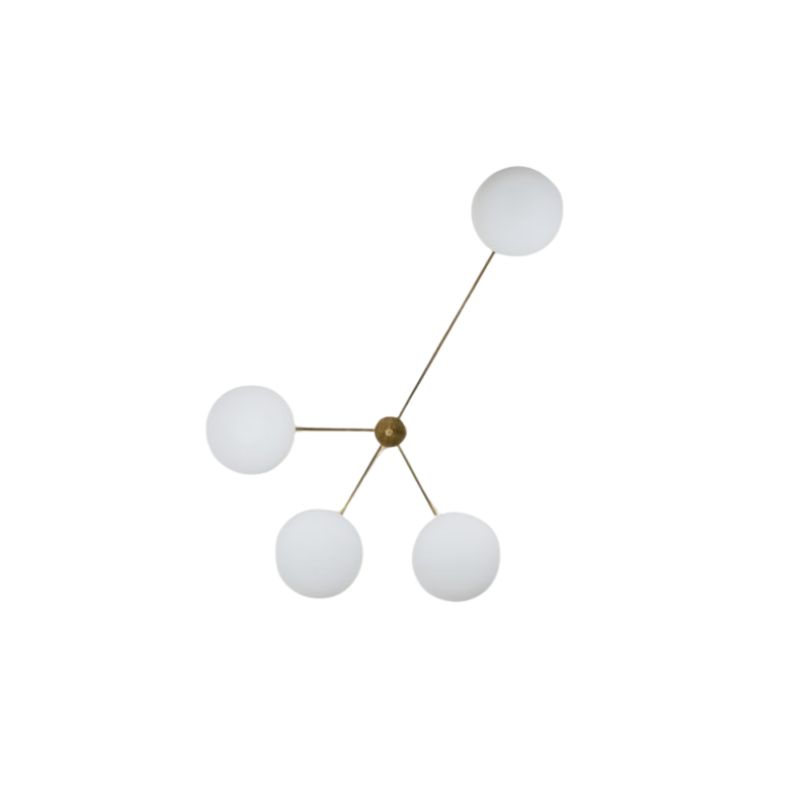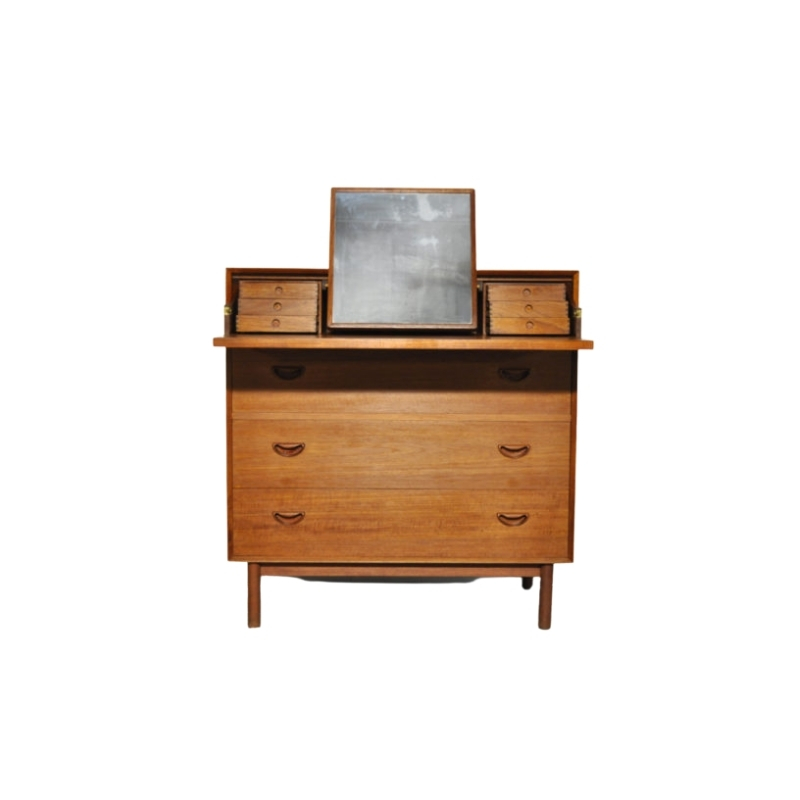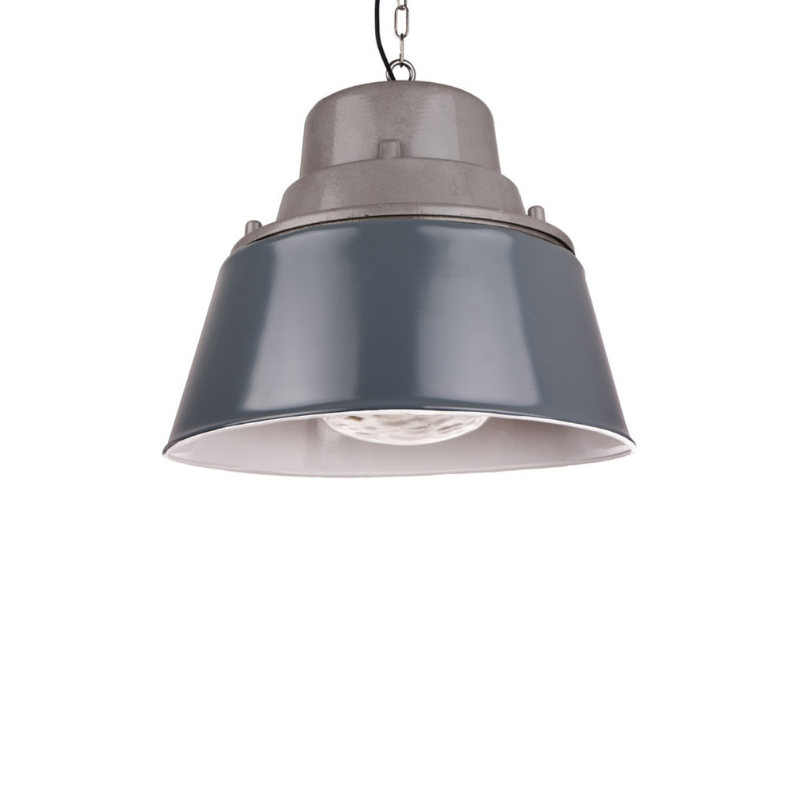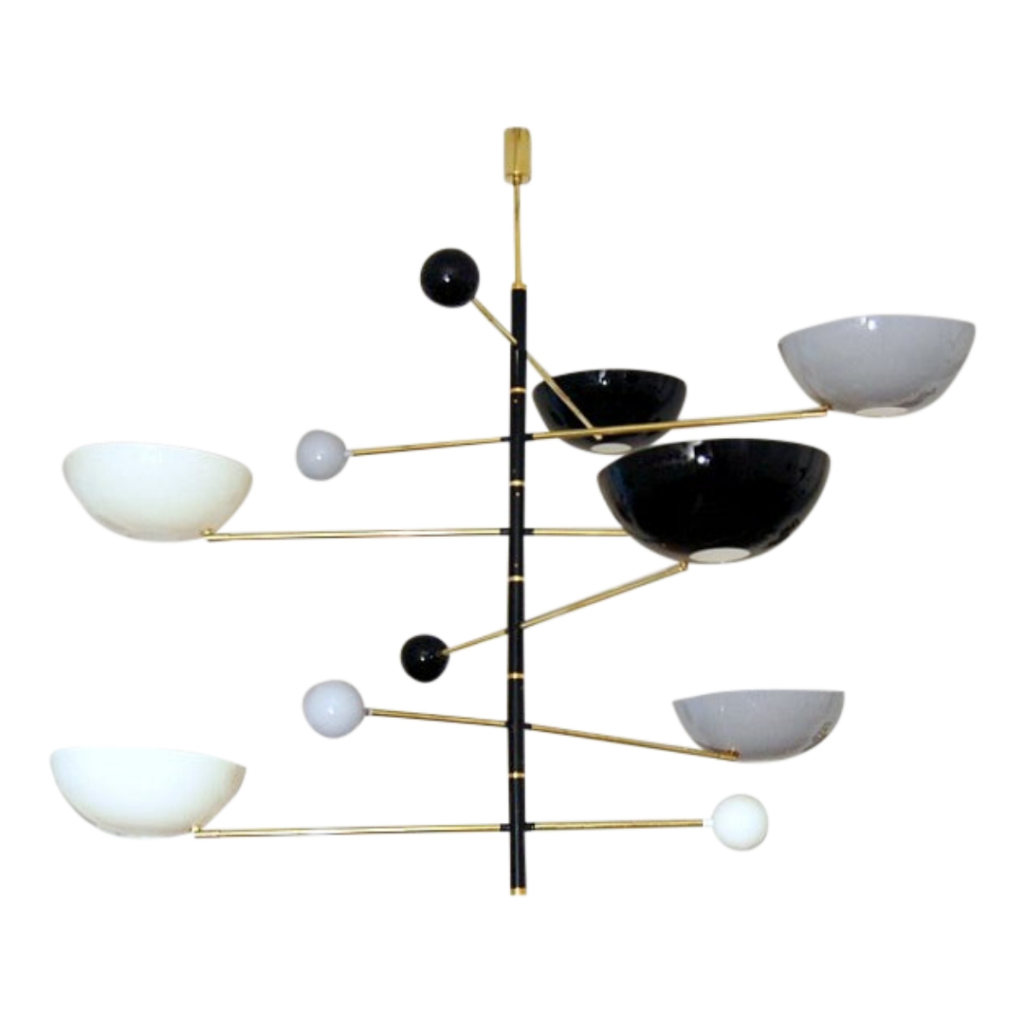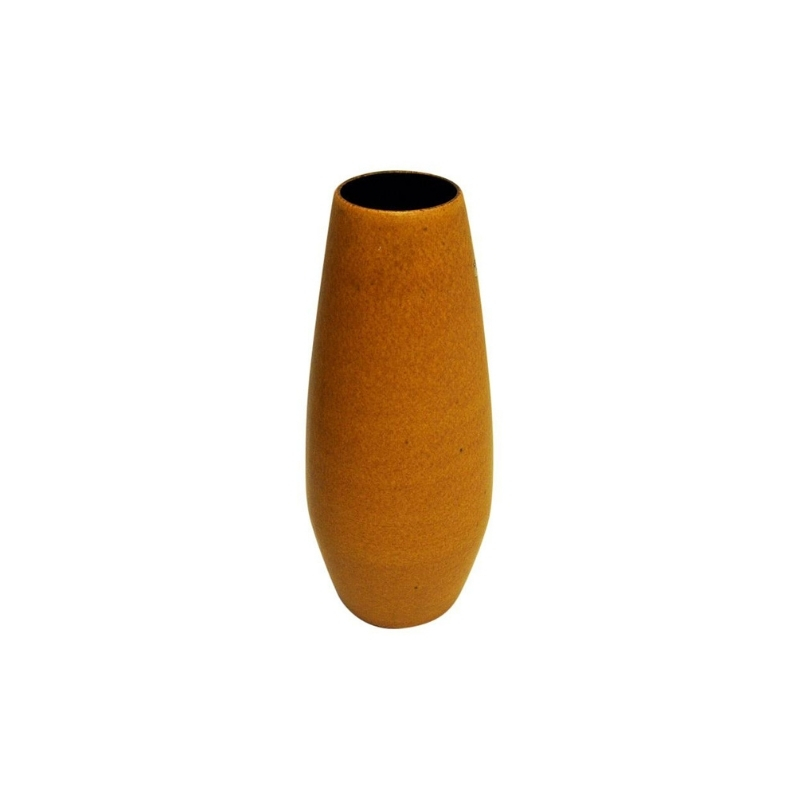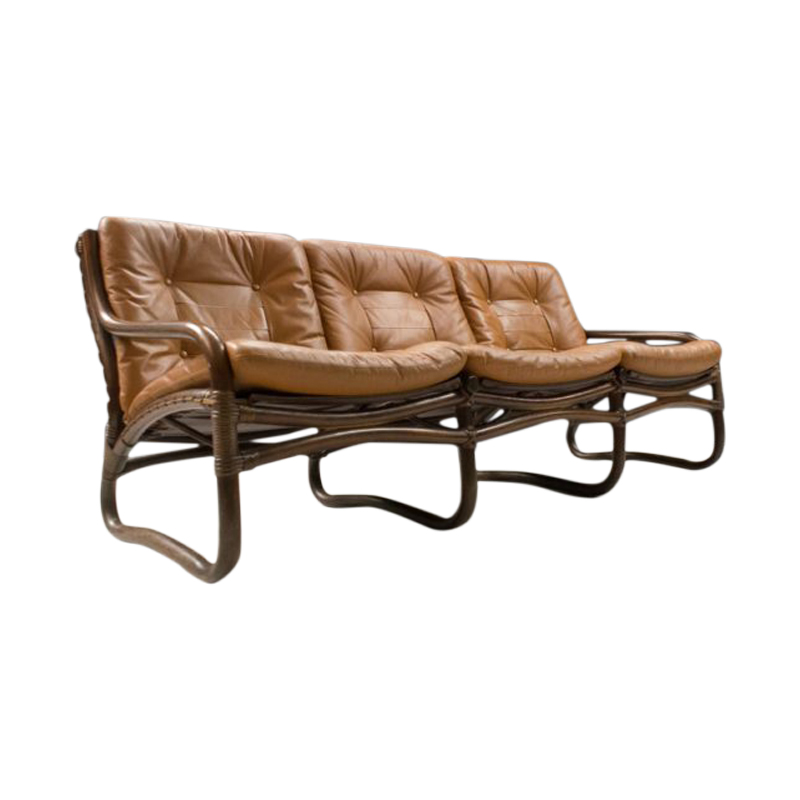I'm inheriting these two pieces. They look to be late 50's early 60's, but there are no marking anywhere. Does anyone have any idea on their provenance?
Anyhow they are solid as heck and in very good condition. With a little sprucing up they'll be great. I think there are two woods used here. Quartersawn oak on the taop assembled like butcherblock and mahogany on the sides. It doesn't appear to be a veneer, though. I want to refinish with a walnut stain to minimize the variance of the wood grains. There is no varnish, just a oiled finish, that is worn away in some spots. I'm thinking a cleaning with TSP, a bit of sanding to smooth out wear and tear and an oil based stain and wax finish. SDR, Heath or any other wood-wizards...your thoughts? More pictures at the link below.
http://s292.photobucket.com/albums/mm31/olive-1961/Desk%20and%20Credenza/  <img class="wpforo-default-image-attach
<img class="wpforo-default-image-attach
sounds like a plan, as...
sounds like a plan, as always test your refinish recipe in an inconspicuos spot but I'm sure you knew that. I wouldn't stain to try and even out the finish, I don't think it would work well and you might end up with something that just looks murky and does no justice to either wood.
I'm a bit concerned that what you've got is 33mm veneered chipboard with solid edges, it can be very heavy and a bit miseleading
Best of luck.
Thanks guys...
You two were the ones that I knew would provide some assistance. Just an FYI...the top is solid wood and although there seems to be veneer there is no chip board anywhere, even the pencil trays and drawer separators are solid wood. These pieces are pretty high end...they must have been pricey in their day. I'm glad I'm rescuing them from ending up in a landfill!
I used to edge and assemble p...
I used to edge and assemble pieces like this a few years ago (really quite similar looking) so I'm afraid my predjudice came through, perhaps you have the ancestor of what I had to work on.
Often when its chipboard (I'm happy to hear yours isn't) the thereaded inserts that hold the sides on will pull out and the edging, which is appplied with hot melt glue, will come off.
Anyway, I still think staining is a bad idea, I'm not usually fond of constrasting woods but think it looks fine here.
VinnyV, I know for sure that these are at least mid '60's...
maybe earlier. I know that because of the building they are in, which is a bit of a time capsule. I pulled almost 50 vintage Eames Shell chairs out of there last year. Also the construction of these things shows real craftsmanship. They may have been custom made as I can't find a maker's mark on them anywhere. The styling is a bit dated, but I intend to change the drawer pulls and darken the color so they'll end up looking just fine, I think. I'm not going to use them together. I'm putting the credenza in the livingroom at a media storage/TV/stereo unit, and my husband's taking the desk into his office. I think that not having these two heavy pieces crammed into one room will also help.
Heath the finish is really worn, especially on the desktop. I need to do something to refresh them. And I'mgoing to have to sand off some oil paint that got tranferred on to the desk, so I might as well restain them. And if I'm doing that, then I'm going to pick a color I like better than the reddish tone that currently exists. But I have inspected them to h*ll and gone and there is nary a glued on strip of anything anywhere!
I think
they're grand. I really like the very natural and inevitable contrast between the frame elements and the panels -- certainly a part of the designer's intent.
"Real woodworkers" -- think Nakashima, Krenov, Maloof, and everyone in between -- Wegner; the Shakers ? -- wouldn't think of defiling their lovely shared material, carefully selected for consistency and "clear" quality ( the simple absence of natural or other flaws)
by STAINING it. No. They did not.
Stain is the way to make mis-matched material less obvious. It might be like ketchup -- which an old Basque fellow I knew said was for "food that you don't like."
But you know I love you -- so do what you will, and love it !
Among
other consequences, stain -- particularly on "used wood" -- can bring out every flaw, every inconsistency in surface, and every scrap of missed glue, build-up in corners, etc etc., and make it stand out.
Yeah, yeah -- I know -- all of you have successfully "transformed" old junk into wonderful new possessions, through the magic of "refinishing." As I said, stain can improve second-grade material. It will never improve first-grade wood, which has been selected to look its best in a naked state. Why bury that under a cosmetic coat ?
We all like to "make something our own" -- and of course there's instant gratification to be had from applying something wet to whatever -- like doing the dishes or the laundry ? We get a surge of virtuous approval.
And you can make good money in the process. . .!
Other than that, I have no problem with it. . . heh-heh. Smiley face here.
I hear ya SDR...
And I'm taking my very wood-savvy Dad's advice (he restores antique clocks and does marquetry and inlay work)and I'm using a stain that will enhance grain not hide it. The surface of the desk, in particular, is so beat up that I have to do something to 'nice it up'. Most of the process will be cleaning and removing boo boos. Dad recommend this stuff from the UK...Fiddes
http://www.fiddes.co.uk/docs/pages/product/wooddye/ngrdye.htm
Dear Olive,
I was "on tour" so I missed the start of the discussion. I do not want to change your mind (who could or would) but I am on de side of SDR. No matter how english the stain, the piece has been designed in two different woods. No matter the stain, the absorption of the different woods will be different. I would not do it simply because the difference will be less, but not gone.
If you need any help, please contact us at – info@designaddict.com



